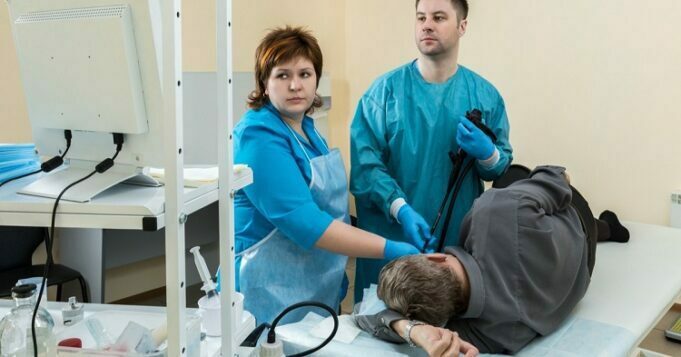Gastroscopy, also known as endoscopy, is a test whereby a doctor or nurse uses an endoscope to look into your upper gastrointestinal tract, consisting of the esophagus and the duodenum. Your healthcare provider may recommend gastroscopy Houston to determine the cause of your symptoms or treat conditions such as stomach ulcers. The doctor passes down the endoscope through your mouth to the esophagus, stomach, and duodenum.
The endoscope has a tiny video camera at its tip, allowing the operator to see inside our gut. It also has side channels through which instruments can pass and be manipulated by your healthcare provider. For example, your doctor can take tissue samples from our stomach lining using a thin, grabbing tool passed down a side channel. Here is the general process of an endoscopy or gastroscopy procedure.
Table of Contents
What happens during a gastroscopy?
Gastroscopy is often performed on an outpatient basis; before the procedure, your doctor sprays a local anesthetic to numb the back of your throat or may give you an anesthetic lozenge to suck. Your doctor may also inject a sedative into a vein in your hand to help you relax; you may feel drowsy, but you will not be unconscious as with general anesthesia.
Your doctor places a plastic mouth guard between your teeth, so you do not bite the endoscope. You will lie on your side on a flat surface, and the doctor will ask you to swallow the first section of the endoscope. Some people find it difficult, but modern endoscopes are thin, so this should not be a problem. Your healthcare provider further pushes the endoscope down to the gullet, into your stomach and the duodenum. The video camera at the tip of the endoscope sends live images to a screen, allowing your doctor to see any abnormalities in your upper gastrointestinal tract.
Your doctor passes air into your stomach for easy visibility of the stomach lining; you may feel bloated and burp a few times. Depending on the reason for the test and what your doctor sees, one or several tissue samples may be taken inside your gut lining. The procedure can be uncomfortable but is usually painless; it may take about 10 minutes, but you should allocate at least two hours for the whole appointment.
After gastroscopy
Once the procedure is done, you will stay in a recovery room for about half an hour; you may go home as soon as you feel well. If you had a sedative, you might take longer before going home, but the sedative usually makes you feel pleasant and relaxed. You may also need someone to drive you home and accompany you for at least 24 hours until the effects have faded away. Most people resume normal activities after 24 hours; your doctor may caution against drinking alcohol, signing important documents, operating machinery, and driving at least 24 hours after the procedure. Expect some stomach and throat pain after the process, but that is normal and should subside in a few hours.
If you have further questions about gastroscopy, consult your provider at Vikram S Jayanty, M.D.










